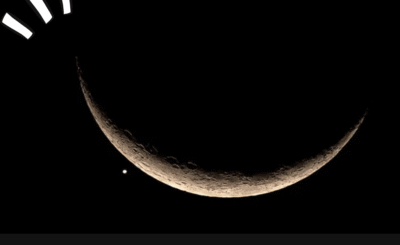Your timing is perfect if you’ve been gazing up lately and felt that itch for a big lunar moment.
The next full moon—often called the Buck Moon—is happening soon, and it’s not just another lunar pass. It’s a dramatic, low‑hanging orb with powerful symbolism and jaw‑dropping visuals.
So let’s dive in: when and how to catch the Buck Moon, and why it matters more than you think.
Full Moons, Farmers, and the Moon’s Many Names
Full moons aren’t just nature’s calendar—they’ve been storytellers for centuries.
FULL MOON spotted over Lake Hartwell and Laurens this morning. The full "Buck" moon will be official this Thursday! pic.twitter.com/7GEz79CrNt
— Parella Lewis WYFF (@ParellaLewis) July 8, 2025
The July full moon, known as the Buck Moon, is named after the time when male deer grow their new antlers. Native American and early colonial traditions also called it the Thunder, Hay, or Wyrt Moon.
What makes this Buck Moon special?
-
It’s one of the lowest full moons of the year, making it appear huge near the horizon.
-
It aligns with the moon illusion, a visual trick that makes it seem far larger than usual.
When Is the Buck Moon?
Here’s the clear info you need:
-
Date: Thursday, July 10, 2025
-
Peak full illumination:
-
4:37 p.m. EDT (1:37 p.m. PDT)
-
9:37 p.m. BST (UK)
-
-
Best viewing time: Moonrise at dusk, once the sky darkens.
What You’ll See and Why It’s Spectacular
1. Low & Large
Rising low in the sky, this Buck Moon looks enormous—great for dramatic photography.
2. Celestial Company
It shines amidst constellations like Sagittarius or Capricornus, and maybe even nearby planets like Venus or Saturn.
3. It Matters Astronomically
This full moon occurs during a lunar standstill, so it stays lower than usual—a rare, subtle astronomical event.
Buck Moon—Don’t Miss This July 10 Event
So mark your calendars:
-
Next full moon = Buck Moon
-
Date: July 10, 2025
-
Peak Illumination: ~4:37 p.m. EDT
-
Best Viewing: Moonrise at dusk, low on the horizon
Set your alarms—or better yet, your camera shutter—and let the enthralling glow of the Buck Moon fill your soul (and your Instagram).
Read More:-
- Why is Castle Deactivated in Siege? | Full Explanation & Community Reactions
- Jonathan Joss Age: Remembering the Timeline of a Voice Legend
FAQs
Q: Why is July’s full moon called the Buck Moon?
A: Named after male deer growing antlers during this full moon period.
Q: Is this the next full moon?
A: Yes—the next full moon for the Northern Hemisphere is the Buck Moon, July 10.
Q: What’s the best time to see it?
A: Look for moonrise at dusk—or soon after sunset—for the most dramatic appearance.
Q: Will planets be visible nearby?
A: Possibly! Venus and Saturn might share the sky—check local sky charts.







